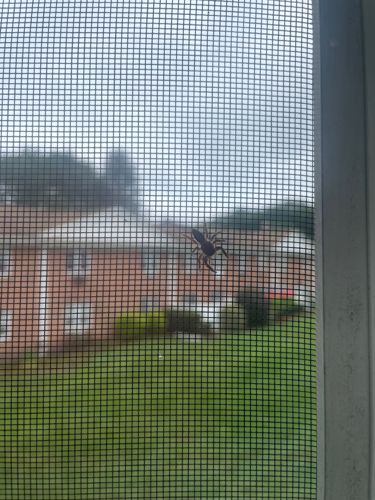Wolf Spider
Scientific Name: Various genera within Lycosidae, such as Hogna, Rabidosa, and Pardosa.
Order & Family: Order: Araneae, Family: Lycosidae
Size: Body length typically ranges from 10 to 35 mm (0.4 to 1.4 inches), depending on the species and sex. Females are generally larger than males.

Natural Habitat
Wolf spiders are ground-dwelling spiders found in a variety of habitats, including grasslands, forests, deserts, and suburban gardens. They often live under rocks, logs, leaf litter, or in burrows. They can also occasionally be found indoors, especially in basements or ground-level rooms.
Diet & Feeding
Mainly insects and other small invertebrates. They are generalist predators and will eat whatever small creatures they can overpower, including crickets, grasshoppers, flies, beetles, and sometimes other spiders.
Behavior Patterns
Wolf spiders are typically solitary hunters, actively stalking and ambushing their prey rather than building webs to catch food. They are fast runners and can be quite agile. Females carry their egg sacs attached to their spinnerets and, once the spiderlings hatch, they often carry them on their backs for a period, providing protection.
Risks & Benefits
Risks: Wolf spiders are generally not aggressive and bites are rare, usually occurring only if they feel threatened or are accidentally pressed against skin. Their venom is not considered medically significant to humans, typically resulting in only mild, localized pain, swelling, or redness, similar to a bee sting. Benefits: They are beneficial predators in their ecosystem, helping to control populations of various insects and other small arthropods that can be considered pests.
Identified on: 8/14/2025